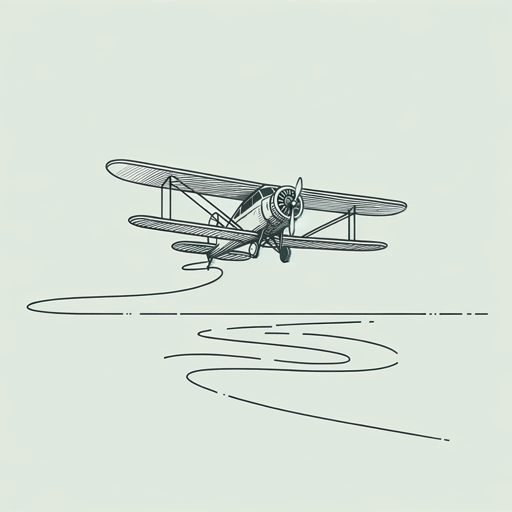30 pages • 1 hour read
F. Scott FitzgeraldThe Curious Case of Benjamin Button
Fiction | Short Story | Adult | Published in 1922A modern alternative to SparkNotes and CliffsNotes, SuperSummary offers high-quality Study Guides with detailed chapter summaries and analysis of major themes, characters, and more.
Story Analysis
Analysis: “The Curious Case of Benjamin Button”
In his introduction to “The Curious Case of Benjamin Button” in the annotated Table of Contents to Tales of the Jazz Age, Fitzgerald explains that the story “was inspired by a remark of Mark Twain’s to the effect that it was a pity that the best part of life came at the beginning and the worst part at the end” and that he set out to try the experiment of reversing aging “upon only one man in a perfectly normal world” (7). The tension between one man’s fantastical condition and his otherwise normal world is a source of comedy at first but later reveals poignant contrasts before ending on an emotional note. By blurring fantasy and reality, Fitzgerald insinuates that the normal world of America may be somewhat dreamlike and insubstantial.
Twain was called the father of American literature by Fitzgerald’s contemporary William Faulkner. His work employed humor, satire, and fantasy to provide rich social critiques that still resonate today. The opening setting of “Benjamin Button” is the historical period when Twain published his short fiction and the story contains a mix of fantasy, insight, and sentiment reminiscent of Twain’s writing. Twain was seen at home and internationally as a representative of young America.
Related Titles
By F. Scott Fitzgerald

Babylon Revisited
F. Scott Fitzgerald

Bernice Bobs Her Hair
F. Scott Fitzgerald

Crazy Sunday
F. Scott Fitzgerald

May Day
F. Scott Fitzgerald

Tender Is the Night
F. Scott Fitzgerald

The Beautiful and Damned
F. Scott Fitzgerald

The Diamond as Big as the Ritz
F. Scott Fitzgerald

The Great Gatsby
F. Scott Fitzgerald

The Last Tycoon
F. Scott Fitzgerald

This Side of Paradise
F. Scott Fitzgerald

Winter Dreams
F. Scott Fitzgerald

